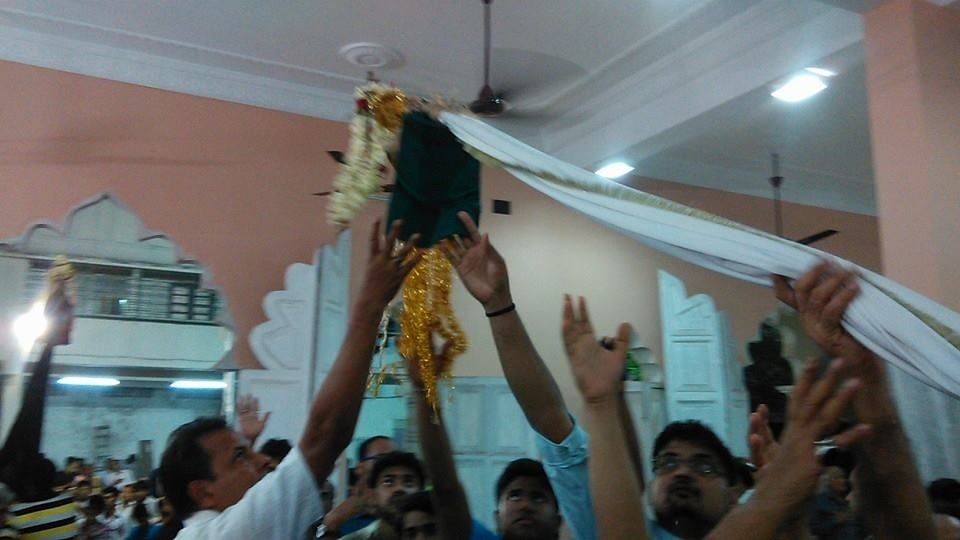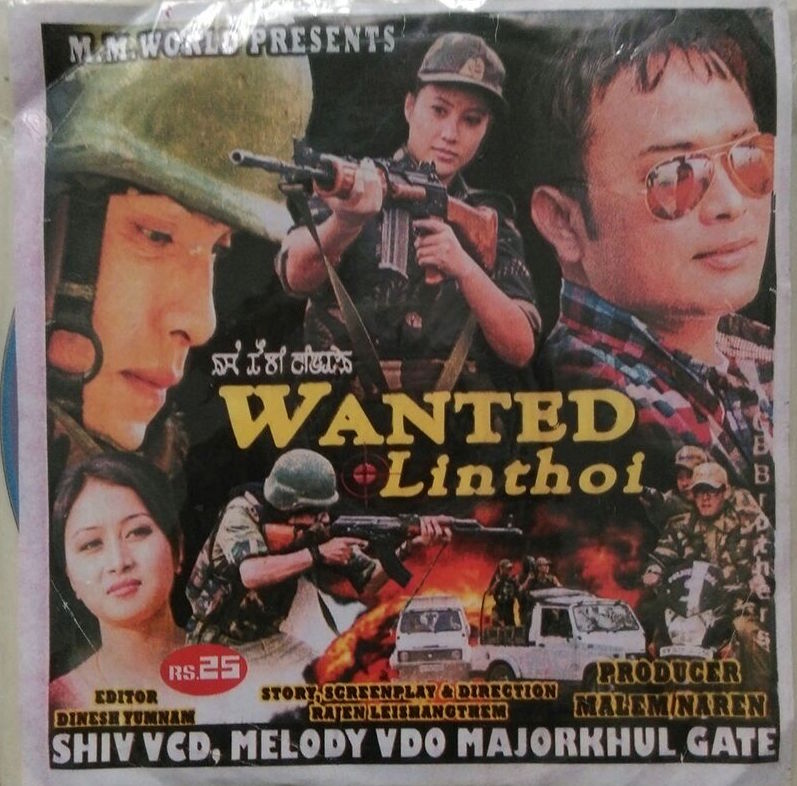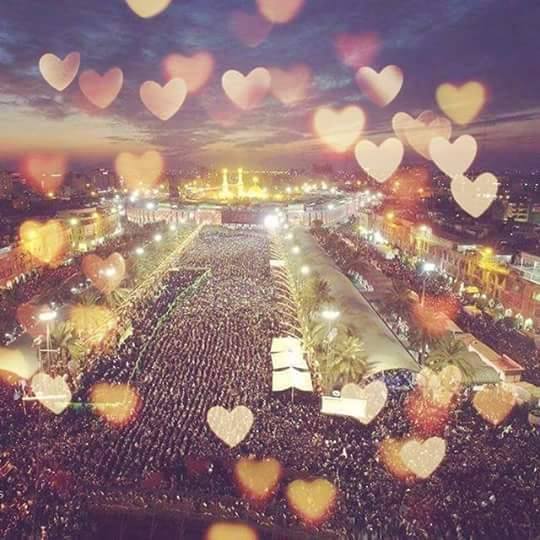Tag: Social Media
-
The Quest for Bodoland: Social Media in the Time of a Separatist Movement – Part Two
This is the second part of my two-part exploration of the Bodo community and its engagement with social media and the online world. This post builds on the first part where the focus of investigation was on the insurgency and the presence of reports, pictures, discussions, videos on social media pertaining to this.[1] This post will explore the presence of Bodo entertainment content, VCD films and music videos on websites like YouTube, and shared via social media. The focus will be on the kind of content that is shared as well as on specific content, exploring the links and connections that go into the production of a Bodo identity through the medium of the Internet, and the ways in which media today aids in the scattered explosion of such ideas and beliefs…
-
Mapping Sharing Networks and Cyber Corners in Informal Settlements
I missed it the first time I passed by it. As if by Rowling magic, the game parlor appeared before me the second time I looked for it because this time I knew where to look, thanks to the two boys who enthusiastically kept pointing at it from their end of the street. One moment I am in the narrow, sunny lane of the Bhoomiheen camp in Govindpuri and the other, in a dark and dingy room filled with young boys exchanging expletives who are as surprised to find me in the midst of them as I am at first. After convincing them I am not lost, I am able to strike up a conversation with them on their favorite games…
-
Digital Ghosts: Spectral Presences on YouTube
Geert Lovink made it clear that we have started watching databases rather than films and TV. 2015 YouTube statistics seem to be in serious agreement with that statement with over 4 billion videos viewed every day, between three to four hundred hours of video uploaded every minute. The vast unregulated folds of the internet has created infinite avenues of accessing cinema by way of easy exchange, transfer, uploads and downloads which in turn has created a new cinematic culture. Everybody is contributing to this growing archive of films- fans, cinephiles, production houses, DVD labels and such. In this post I track the creation and sustenance of B-movie YouTube channels operated by fans…
-
The Attentive Heart and Its Apparatuses – Facebook, Bluetooth, WhatsApp
Ayesha befriended me at our Arabic preliminary class. An English literature student, she caught my eye in the university corridors as not many burqa-clad girls take admission in Jadavpur University. Recently, after five-six years when I found her using WhatsApp, we started exchanging messages. Last October, I was elated to see her using panjtan pak[1]as her display picture during Muharram. I thought I’d now get to know from a university educated woman what affect binds religion to technology. No, she was not a Shia but reaffirmed that “we, who claim to be Muslims, all mourn the death of Imam Husayn, the grandson of the Prophet. But, we, the Sunnis, do it differently. We are not so… physical”…
-
The Case of the Missing Data
In the previous post, I broadly discussed the primary findings from the five pilot interviews I conducted – issues related to data, and contextualisation of models. Here, I take the case study of Vinay’s team to examine the issue of data, and its implications for practice, in greater detail. Vinay is a professor of civil engineering from a reputed university in Bangalore, whose group works on transportation simulation and policies. I examine the process by which Vinay and his group overcome the lack of access to data, and the resulting practices that emerge. In this project, I use the lens of practice, borrowing concepts of Communities of Practice, and technology enactment – and in this post I lay the foundations of the same.
-
Idiot Box to Smart TV? – Televisual Aesthetics in the Digital Realms
In 1974, when Raymond Williams was formulating the concept of “flows” in television broadcasting, he thought of them as “the defining characteristic of broadcasting, simultaneously as technology and as a cultural form” (80). Dismissing the notion of commercials as “interruptions” in between televisual content, he was, instead, mesmerized by the seamless “flow” of American TV that weaved in programmes and advertisements into a rhythmic structure. Speaking of broadcast TV, John Ellis emphasized the significance of “flow” through “segmentation” and considered it as a distinctive aesthetic form of TV programming…
-
Identity and Download Culture: Revolution or Farce?
Caste is a systematic, oppressive structure that operates in the whole of Indian society as well as in my own location in Khandesh. This oppression exists within the strict binaries of identity and prevents liberation. The free market economy, in the context of ‘download work’, holds out the promise of liberation. This post narrates my story along with Akshay and Ganesh related to our ‘download work’. All of us belong to the Dalit – Adivasi community, and currently Akshay and Ganesh are employed in download work to support themselves and their families. ‘Download work’ becomes an option for livelihood, but does this work help them develop themselves more eclectically?…
-
The Quest for Bodoland: Social Media in the Time of a Separatist Movement – Part One
In the first part of this two-part post, I aim to give a brief political history of the Bodoland movement which lays the ground for the rise of social media that has come to both inform and participate in the political situation in the region. The growing role of social media, as I see it, continues to reach out to a larger audience who take an interest in the movement for numerous reasons. Popular social media websites like Facebook and YouTube, which I focus on, have become points of dissemination for various types of news and information, thereby making it a multi-purposive platform…
-
Mourning Martyrdom on Facebook: A Cyber Imagined Community
I was watching a video post on the Facebook wall of ‘Calcutta Azadari’ where religious practitioners were beating their chests to mourn the martyrdom of Imam Husayn and uttering his name in rhythm. A religious performance captured on camera doesn’t make us wonder anymore, thanks to television and the proliferation of channels. But in this video, the position of the camera person was curious. It is undeniably difficult to capture on camera the intense frenzy of mourning, but here, the video, shot by a member of the group with a handheld camera, gave the footage a compelling authenticity raising, at the same time, the question of how far a non-ritualistic act could be accommodated within…
-
Unbundling the Bundle: Distribution of Televisual Content via Broadband Services
In a stylistically treated advertisement of the Indian Premiere League (IPL) 2016, a group of youngsters in various environments like that of an office, college and home are hooked to their smartphones for latest cricket updates. The advertisement ends with the tagline “screen chhota hai toh kya hua, dil bada hai yaar” (what if the screen is small, we have a big heart). Furthermore, the tagline of IPL 2016 on hotstar is “jab jab cricket, tab tab hotstar” (Think cricket, Think hotstar). This commercial, that attempts to dismantle the television-cricket relationship and draws an association between cricket and hotstar…









